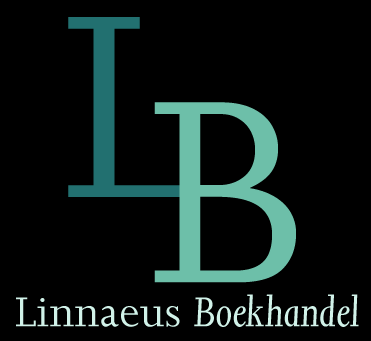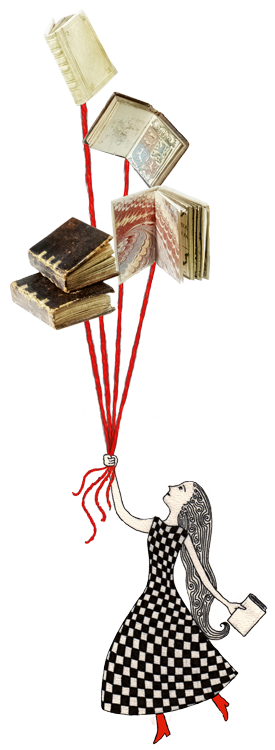The book focuses on the biological activities of ivermectin as well as the significant global utility of IVM since it was first used about 35 years ago.
Ivermectin (IVM) is a "wonder drug" containing a 16-membered macrocyclic lactone ring system in its structure and derived from the family of avermectins. It was isolated by the fermentation of the soil microorganism Streptomyces avermitilis by Satoshi Omura in 1960 and studied by William C. Campbell in 1981, which allowed for its treatment of onchocerciasis (River Blindness) in Africa. Both scientists subsequently received the 2015 Nobel Prize in Physiology or Medicine. It was approved by the FDA in 1997 for the treatment of Strongyloidiasis and crusted scabies in AIDS patients. After that, IVM has attracted the tremendous attention of the scientific community and has been used for diverse purposes, including as an inhibitor of the causative virus (SARS-CoV-2).
The chief purpose of this volume is to focus on the chemistry and biological activities of ivermectin. The chapters have been arranged in a systematic manner, starting from the historical background and synthesis of IVM to the pharmacological and environmental aspects, followed by diverse applications. Although the usage of ivermectin for the treatment of COVID-19 remains under investigation and controversial, one of the chapters is dedicated to its use. The anti-parasitic, anti-malarial, anti-cancer, and anti-inflammatory activities of IVM are discussed in detail. The anthelminthic and insecticidal roles of IVM are briefly described and there are several cases of IVM in dermatology.
Audience
Researchers, scientists, and postgraduate students working in the fields of organic synthesis, medicinal chemistry, medical science, pharmacy, biotechnology and biomedical sciences.



